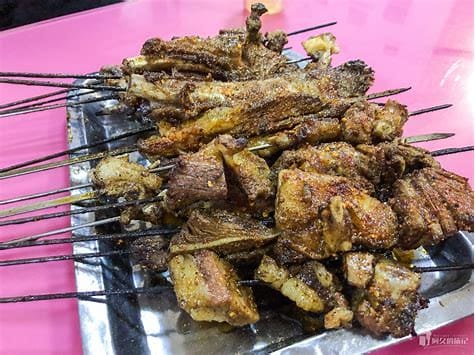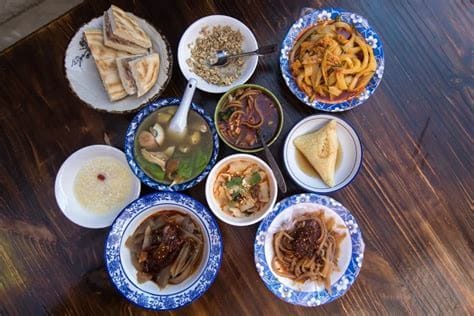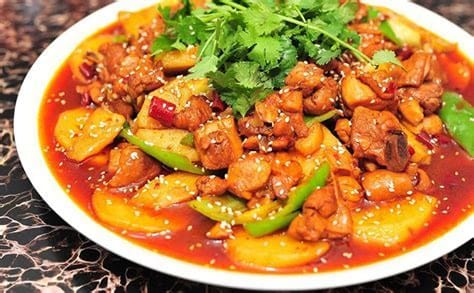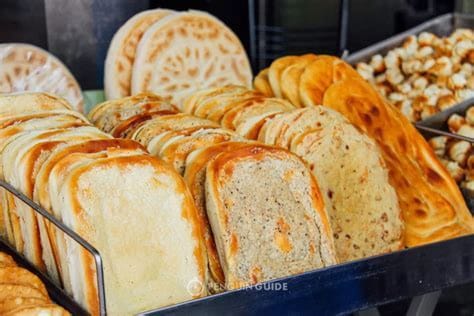On this page
Overview
Northwest China, heavily influenced by Muslim culture, features strong characteristics of the Western Regions. It is home to several ethnic minorities, including the Hui, Mongols, and Uighurs. The natural landscapes of the Northwest are grand and diverse, including plateaus, grasslands, deserts, mountains, and Gobi regions, attracting numerous visitors. The economy is primarily driven by mining and the extraction of natural resources, with vast deserts and Gobi landscapes reminiscent of the American West.
Major Cities
Xi'an
Xi'an, an ancient city in China's Shaanxi province, is renowned for its rich history and cultural significance. Once known as Chang'an, it served as the capital of multiple dynasties, including Western Zhou, Qin, Han, Sui, and Tang, making it a political and cultural center for over a millennium.
The city is perhaps best known for the Terracotta Army, an extraordinary archaeological find uncovered in 1974 that includes thousands of life-sized terracotta sculptures of soldiers, horses, and chariots, all buried with the first Emperor of China, Qin Shi Huang, to protect him in the afterlife.
Xi'an's historical importance is also evident in its well-preserved city walls, which date back to the Ming Dynasty and are among the largest and most intact in China. The city is a hub for learning about Chinese history, with numerous museums, such as the Shaanxi History Museum, housing an array of artifacts.Moreover, Xi'an is a food city offering famous dishes like Biangbiang noodles and Roujiamo, a type of Chinese hamburger. As a key stop on the ancient Silk Road, Xi'an has a diverse cultural heritage, reflected in its architecture and the blend of ethnic groups that call the city home. Today, Xi'an is a modern metropolis that balances its ancient past with a vibrant, contemporary atmosphere.
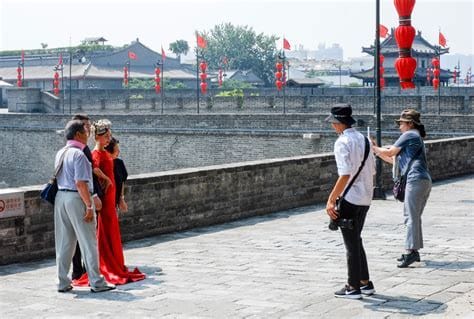
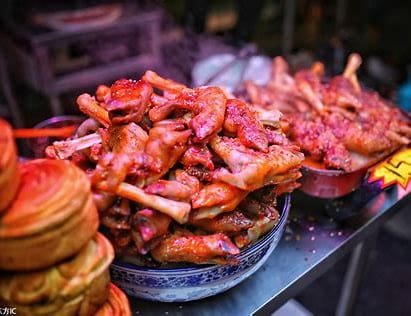
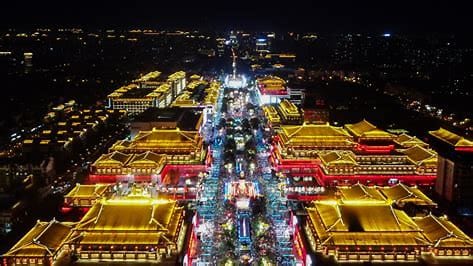
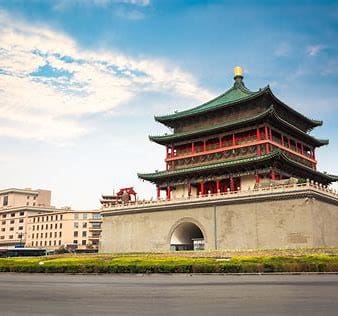
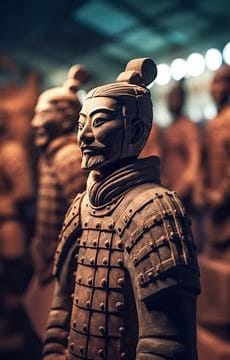
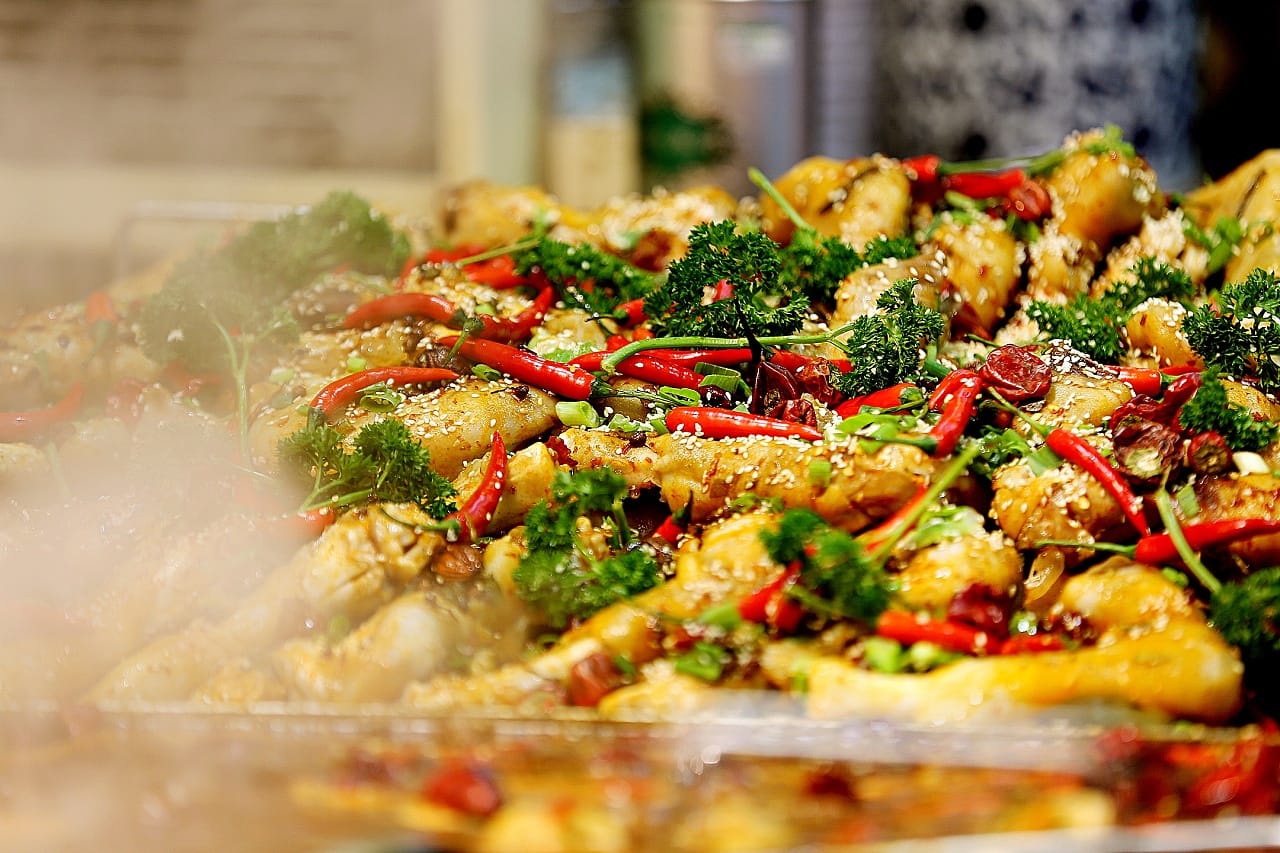
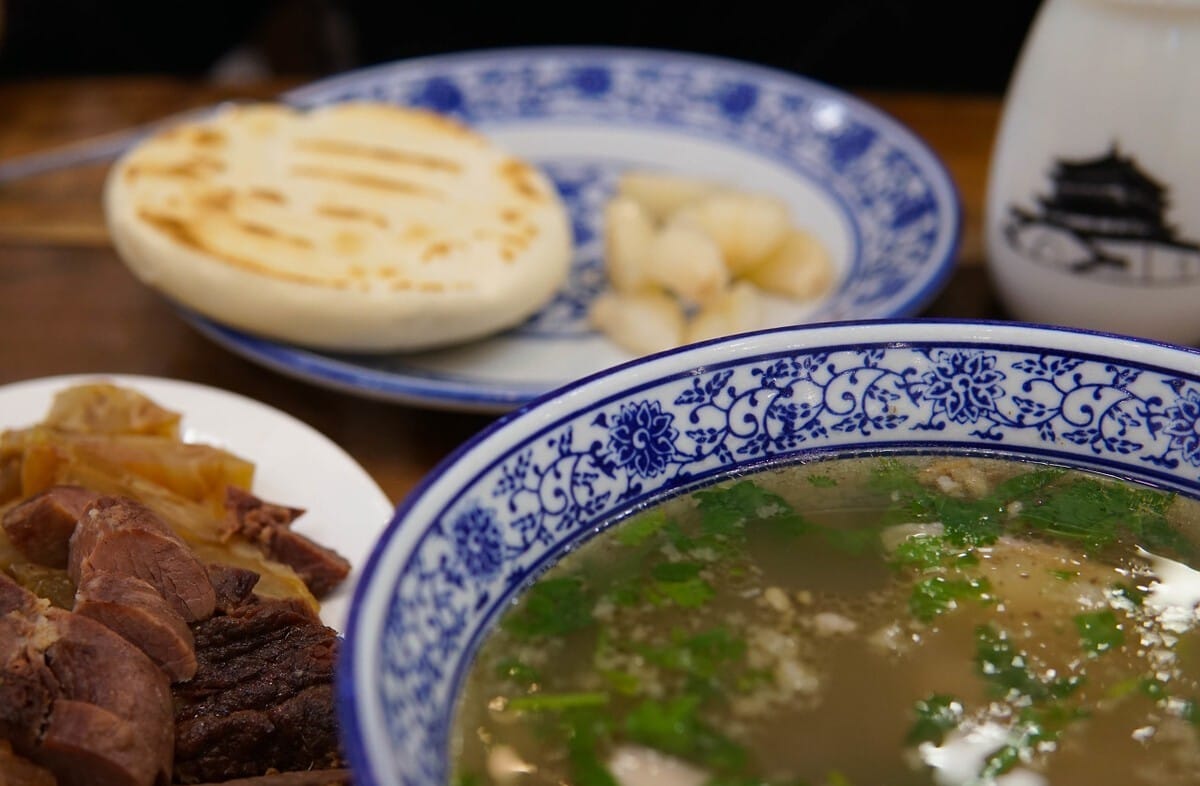
Yinchuan
Yinchuan, the capital of the Ningxia Hui Autonomous Region in northwestern China, is a city with a deep historical significance and a unique cultural blend. Nestled along the banks of the Yellow River, Yinchuan has been an important strategic point since ancient times, serving as a gateway between northern and western China.
The city is a melting pot of ethnic groups, with the Hui people being the largest minority, contributing to its Islamic cultural influences, evident in the architecture of mosques and the local cuisine. One of Yinchuan's most famous attractions is the Western Xia Tombs, the imperial burial grounds of the Western Xia Dynasty, which offer insights into the history and culture of this once-powerful state. The Helan Mountain Rock Carvings, with over 6,000 carvings dating back to the Ming Dynasty, are another historical treasure. Yinchuan is also known for its desert landscapes, such as the Shapotou Desert, where the Great Wall meets the Yellow River, and the Sand Lake, a natural oasis and bird sanctuary.
The city is a leader in China's wine industry, with the Helan Mountain region producing award-winning wines thanks to its favorable climate. In recent years, Yinchuan has been developing rapidly, modernizing its infrastructure and promoting cultural tourism. It hosts the annual Ningxia International Investment and Trade Fair, showcasing the region's economic potential. Yinchuan's unique cultural heritage, historical sites, and natural beauty make it a fascinating destination for those interested in exploring the diverse facets of China's rich tapestry.
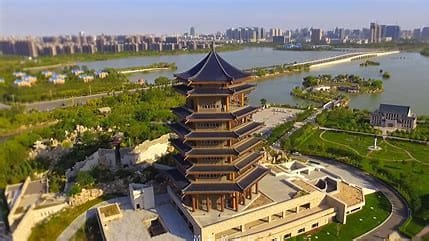
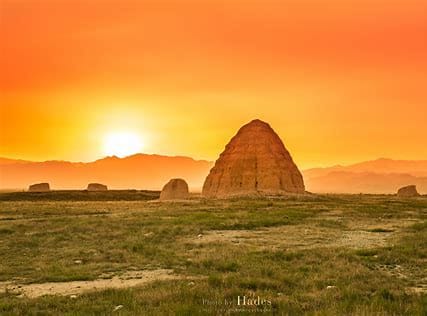
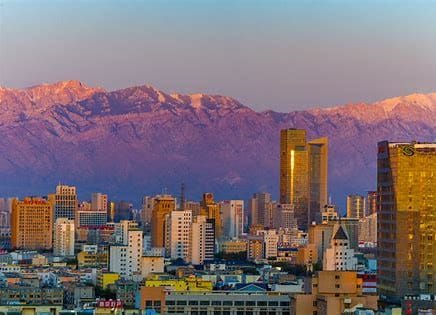
Xining
Xining, the capital of Qinghai province in western China, is a city that serves as a gateway to the Tibetan Plateau. Situated on the banks of the Yellow River at an elevation of over 7,000 feet, the climate here is cool, a stark contrast to the often sweltering temperatures of other Chinese cities.
The city is a melting pot of ethnic groups, including Han, Tibetan, Hui, and others, which adds to its cultural diversity. One of Xining's most notable attractions is the Ta'er Monastery, also known as the Kumbum Monastery, a sacred Tibetan Buddhist site founded in 1583. Its intricate architecture and religious artifacts draw pilgrims and tourists alike. Another highlight is the Qinghai Lake, the largest saltwater lake in China, which is a haven for bird watchers and nature enthusiasts, with its picturesque landscapes and abundant wildlife.
Xining is also known for its vibrant night markets, where visitors can sample a variety of local delicacies, including Tibetan and Hui dishes.
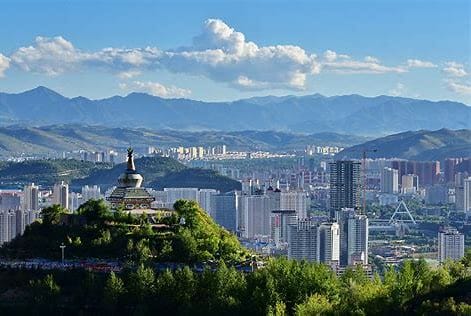
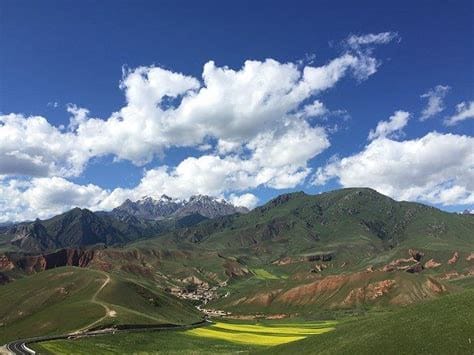
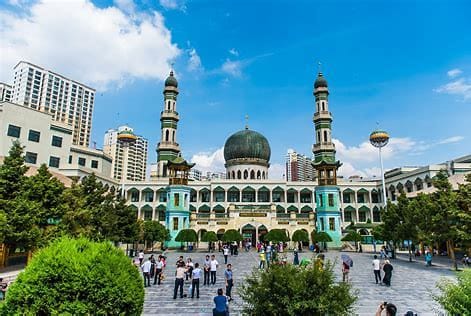
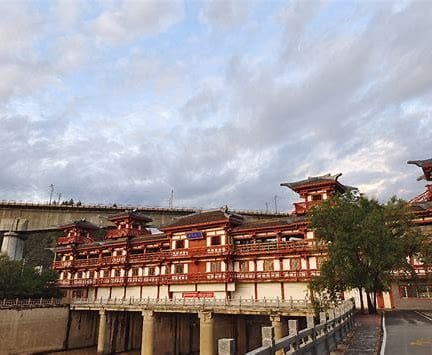
Lanzhou
Lanzhou, the capital of Gansu province in northwestern China, is a historic city straddling the banks of the Yellow River. Known as the "Rivertown of the West," Lanzhou has been a vital hub along the Silk Road, playing a significant role in trade and cultural exchange.
The city is characterized by its rugged terrain, with mountains rising on either side of the river, creating a dramatic and picturesque landscape. One of Lanzhou's most famous landmarks is the Zhongshan Bridge, a century-old iron bridge that spans the Yellow River, symbolizing the city's connection to its historical past.
Lanzhou is renowned for its beef noodles, known as Lanzhou beef noodles, which are celebrated for their thin, hand-pulled noodles and rich, flavorful broth. Among its historical sites, the Baita Mountain, with its White Pagoda, offers panoramic views of the city and the river below. The Gansu Provincial Museum is another highlight, housing a vast collection of artifacts, including those from the Silk Road era.
The city's geostrategic position makes it a key player in China's Belt and Road Initiative, with the potential to further enhance its role in international trade and cultural diplomacy. Lanzhou's blend of ancient history and modern aspirations makes it a compelling destination for those interested in exploring the depth and diversity of China's historical cities.
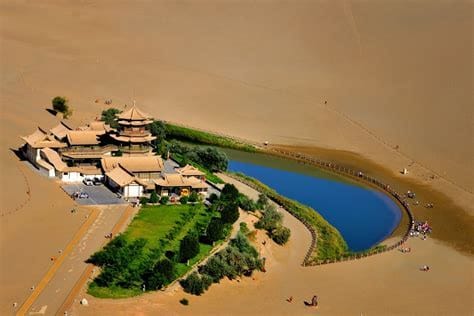
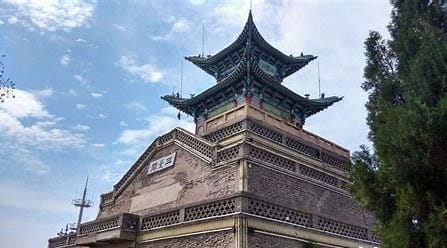
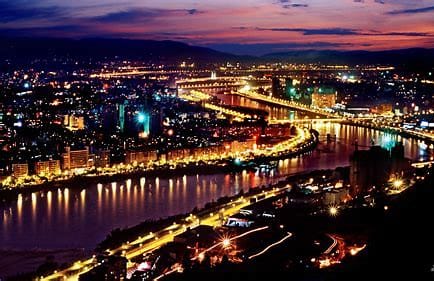
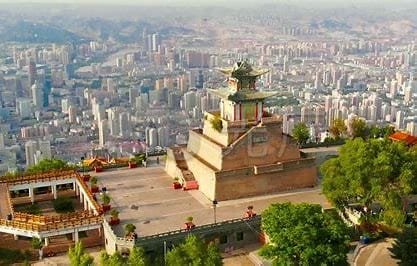
Hohhot
Hohhot, the bustling capital of Inner Mongolia Autonomous Region, is a vibrant city that encapsulates the fusion of Mongolian and Han cultures. Situated in the northern part of China, Hohhot boasts a unique charm with its blend of modern urban development and traditional Mongolian elements.
One of Hohhot's most renowned landmarks is the Five Pagoda Temple (Wuta Si), an architectural marvel with its distinct Mongolian and Tibetan design features. Another significant site is the Dazhao Temple, a 400-year-old Tibetan Buddhist temple known for its beautiful artwork and peaceful ambiance. The city is also famous for its Naadam festival, where visitors can witness traditional Mongolian sports like horse racing, archery, and wrestling.
Hohhot's cuisine is a delightful mix of Mongolian and Chinese flavors, with dishes such as milk tea, roasted lamb, and a variety of dairy products being local favorites.
As a gateway to the vast grasslands and the Gobi Desert, Hohhot serves as a starting point for travelers seeking to explore Inner Mongolia's natural beauty and nomadic culture.
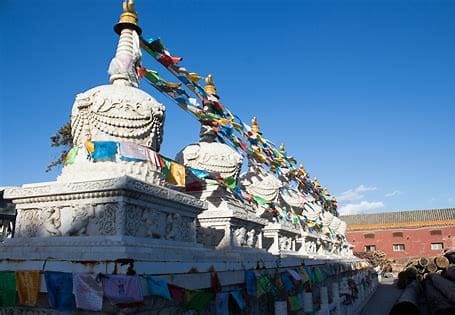
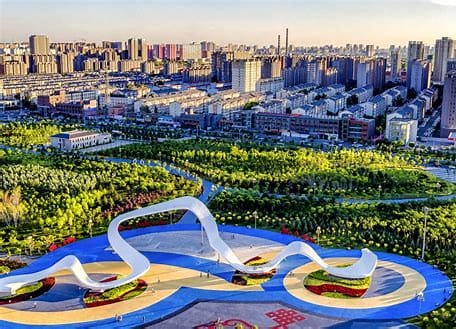
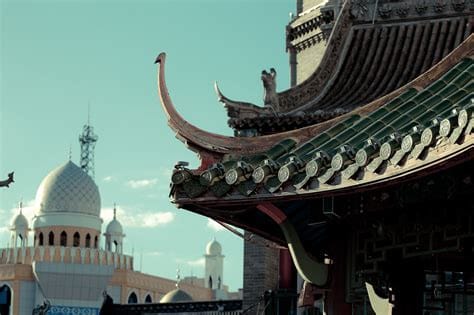
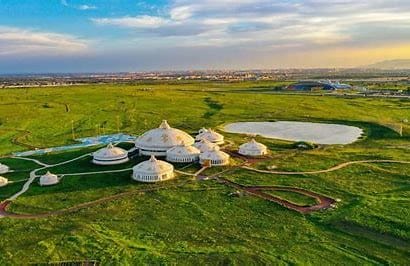
Culture
Northwest China is known for its strong regional characteristics and ethnic diversity. The region’s residents are notable for their multicultural integration, which fosters a more inclusive and open attitude in social interactions. Shaanxi is the cradle of Yellow River civilization, and Xi'an, as an ancient capital, reflects the rich history of the Qin people (Northwestern people). The people of the Northwest are known for their hardworking and brave nature, having adapted to harsh natural conditions, showcasing resilience and strength. The local opera, Qinqiang, embodies the Northwest’s culture, highlighting human endurance in the face of harsh environmental conditions.
Silk Road
The Silk Road is a historic trade route that spanned over 4,000 miles, connecting the East and West for centuries. Originating from Chang'an (modern-day Xi'an) in China during the Han Dynasty (206 BCE – 220 CE), it facilitated the exchange of goods, culture, religion, and knowledge between Asia, Africa, and Europe.
The route got its name from the lucrative silk trade carried out along its length, although many other commodities were traded, including spices, precious metals, textiles, and technologies.
The Silk Road was not a single road but a network of paths, including land and sea routes, that allowed merchants to traverse diverse terrains and climates. Its importance declined with the fall of the Roman Empire and the rise of maritime trade routes, but it left an indelible mark on the civilizations it connected, influencing the development of societies and cultures along its path.

Cuisine
Northwestern Chinese cuisine is a rich and diverse culinary tradition that reflects the region's ethnic diversity and harsh climate.
Due to the cold climate, especially in areas like Xinjiang, Gansu, and Qinghai, the cuisine tends to be hearty and often spicy to provide warmth and energy. Staple foods include a variety of grains and noodles, with wheat being particularly common. The region is known for its abundant meat dishes, including lamb, beef, and mutton, thanks to the pastoral lifestyle of many of the region's ethnic groups. Dairy products are also commonly used, especially in Xinjiang where there is a significant Uyghur population. The region is famous for its fruits, such as grapes, melons, and pears, and nuts like walnuts and almonds.
Famous dishes here include Lanzhou Beef Noodles (Lanzhou Niuroumian), Xinjiang Lamb Skewers (Xinjiang Yangrouchuan), Big Plate Chicken (Da Pan Ji), Roujiamo (Chinese Hamburger).
